But in a good way…
Comics is one of those rare mediums that require multiple skills to
accomplish- which is what makes it so challenging as a medium, and so
hard to do well, (and also so much damned fun to wrestle with). Comics are indeed stories first and art pieces later, but that doesn’t mean they should always be seen as separate parts adjacent to each other. Even so, when we critique a book we tend to speak primarily in terms of the writer as the fulls story-teller and the art more or less as decoration for delivering that story. It’s not from nowhere that we’re taught to think this way, and it’s sometimes entirely applicable. But we do need to start seeing that the medium offers varying approaches and teams to bring the story to you, and not all are alike in how we should talk about them. The medium of comics are stories told in pictures, not with pictures, and that requires an integration of those mediums, and as such requires us to integrate how we talk about them too.
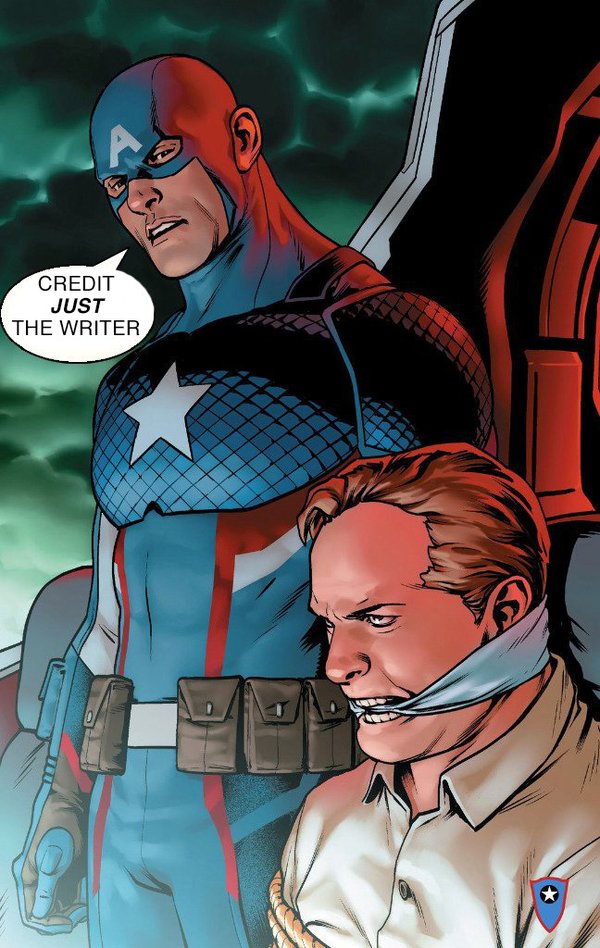 |
| Image via Gabriel Rodriguez (@GR_comics) |
We rarely if ever speak of animation in these terms, but yet feel entirely comfortable splitting apart the medium of comics in order to discuss them. To be fair this bipolarism in comics does stem from a previous studio-system where comics were almost entirely created using a team of people to make deadlines- and in most monthly books, if not all, this system remains today. Crafting an entire book, lettering, colors, writing, script, art, and design is hard enough to imagine on their own, but doing 22 pages of it each and every four weeks is simply not possible or sustainable for long. That said, comics as a medium is moving away from that model as it flows into the larger world, and this for me at least, has been an evolution I have been waiting for for many years. But the move away from this sort of Fordian factory-style production system, means the larger publishing houses are having to learn and understand what comics can be and how they should be marketed and presented. It’s true for everyone, really. The writer doesn’t deserve the blame or praise of a book working any more or less than the artist does in my opinion, not at least for these newer books. It should be the fault or success of them both. Comics are a solution, not a mixture and it’s important to default to seeing them as whole creatures rather than assume a collection of parts both for enjoying them, but also for understanding how to talk about them as an expressive narrative art form.
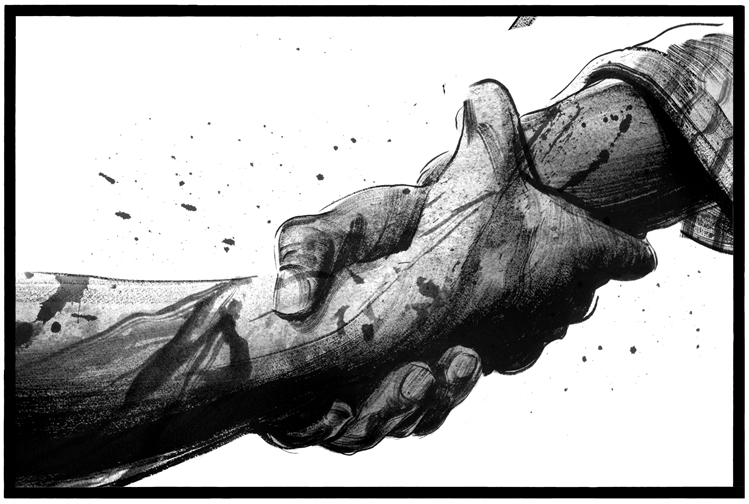
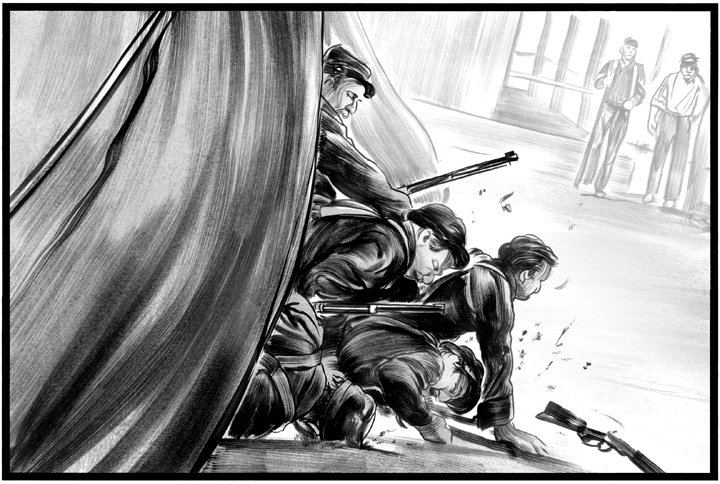 As scripts are not the movies they intend, neither are comics scripts the comics they want to become. While I do love reading a comics script, I don’t at all prefer them over actual comics. But a comic stripped of it’s writing leaving us only the art can still be read. and frankly the better it’s told the better it will read this way, and the better it will read when the words are included. The artist in comics possesses then a strength and responsibility as a result, and those that talk about credential comics, should share in that responsibility. One doesn’t talk about a Ginger Rogers/Fred Astair musical by ignoring either of the dancers… so why does it seem a decent idea to do this to comics? Habit and stereotyping. That’s the culprit.
As scripts are not the movies they intend, neither are comics scripts the comics they want to become. While I do love reading a comics script, I don’t at all prefer them over actual comics. But a comic stripped of it’s writing leaving us only the art can still be read. and frankly the better it’s told the better it will read this way, and the better it will read when the words are included. The artist in comics possesses then a strength and responsibility as a result, and those that talk about credential comics, should share in that responsibility. One doesn’t talk about a Ginger Rogers/Fred Astair musical by ignoring either of the dancers… so why does it seem a decent idea to do this to comics? Habit and stereotyping. That’s the culprit.
It is for whatever reason, neither foul or virtuous, normal to seek a single dominate creative force in any story published. I think it’s simply an expression of habit. Comics as a medium is evolving here now faster than the way we know how to talk about them. There could be worse problems to have. We love our auteurs, we adore and mystify our creatives living alone atop mountains and drawing down from heaven the lightening source of truth and art. The reality is largely far more complicated, and while we can’t of course credit every hand in every project, we can get smarter about the way we talk about comics at least, and that comes from a better understanding of how they’re made. But in order to really advance the medium we simply need to talk about it better than we are. Understand it better than we assume we do, and speak to its merits and faults in a more comprehensive and true way. And we should try harder, all of us, to make a better path in how we attribute the successes and failures of any book if we truly want to know what it is we’re seeing when we read them.


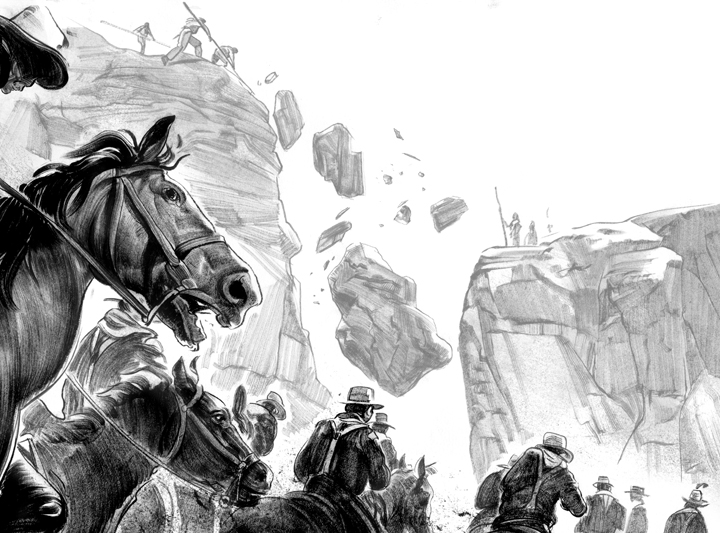
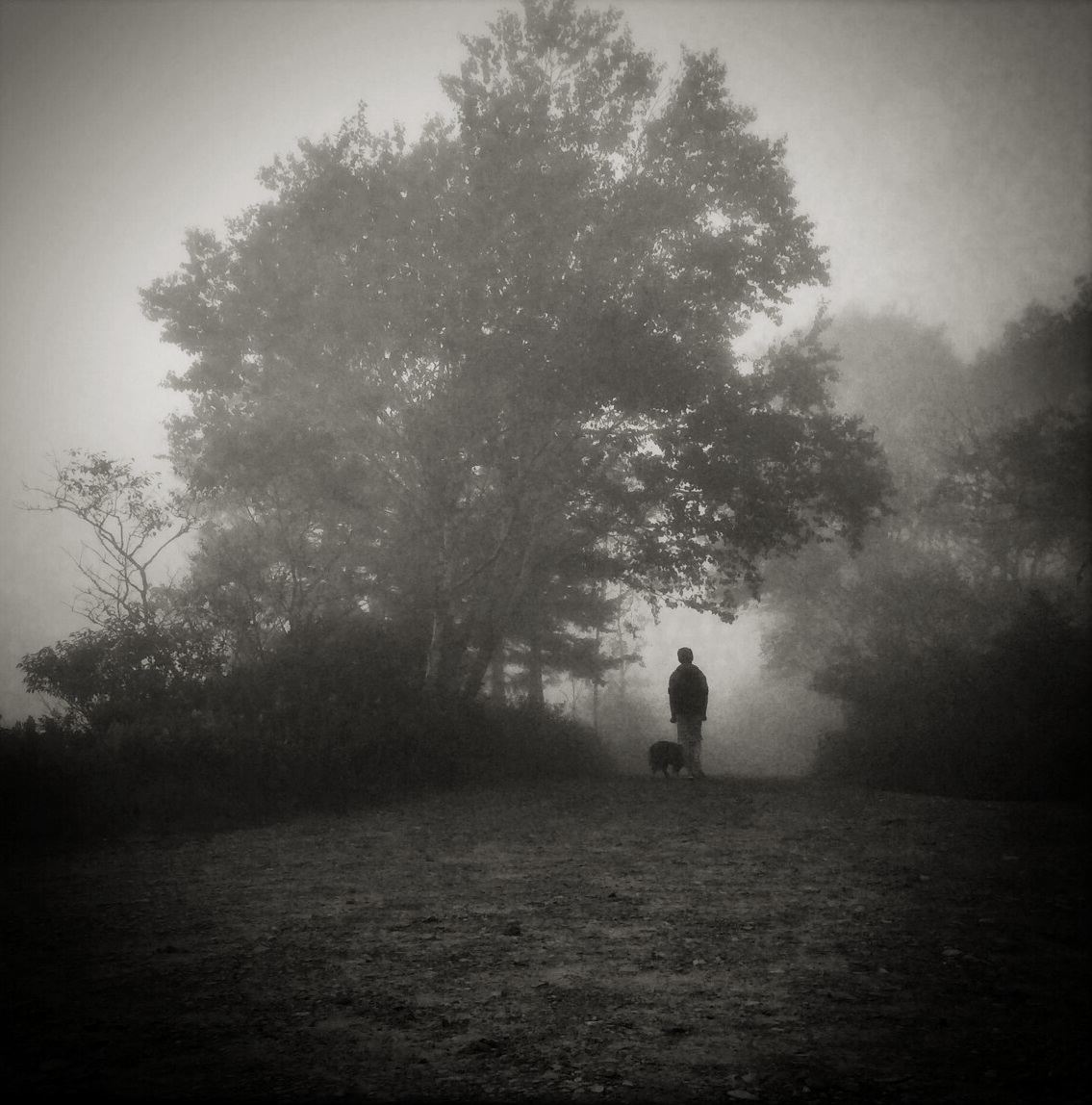
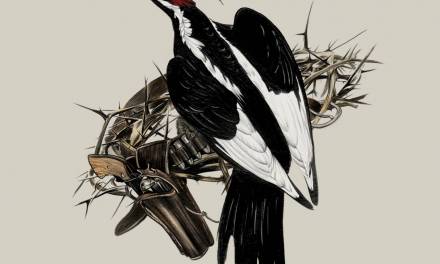
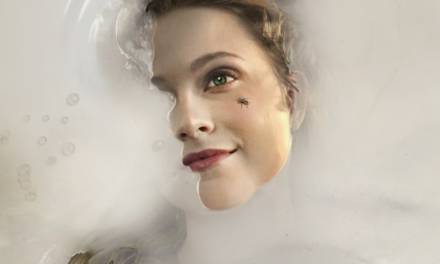
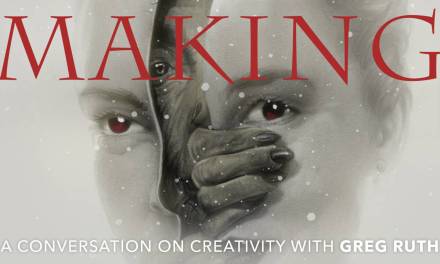
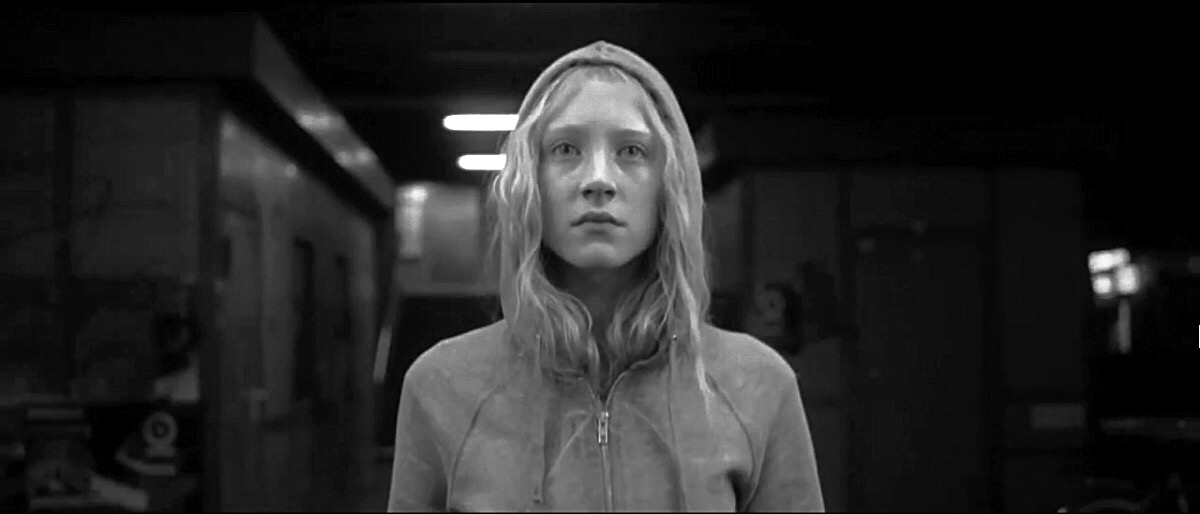

Great article Greg Ruth.As an outsider (I'm uruguayan) i always find curious how much attention is brought to the writer as the success/failure in the eyes and words from comic fans/critics in the United States.
As you said comics are mix of specialities that works together to make a whole story telling experience.No one would talk only about Charlier when mentioning “Blueberry” without talking about Girauld work.Goscinny without Uderzo in the case of “Asterix” or the EC comics where both the script and art were important an a vital part of the experience.Just to mention some famous cases, but the world's comics library is full of great combination of script/art delivering an unique experience not posible without each others part.Against, great lecture! thanks.Cheers